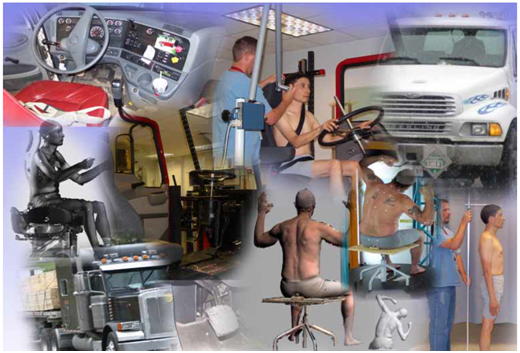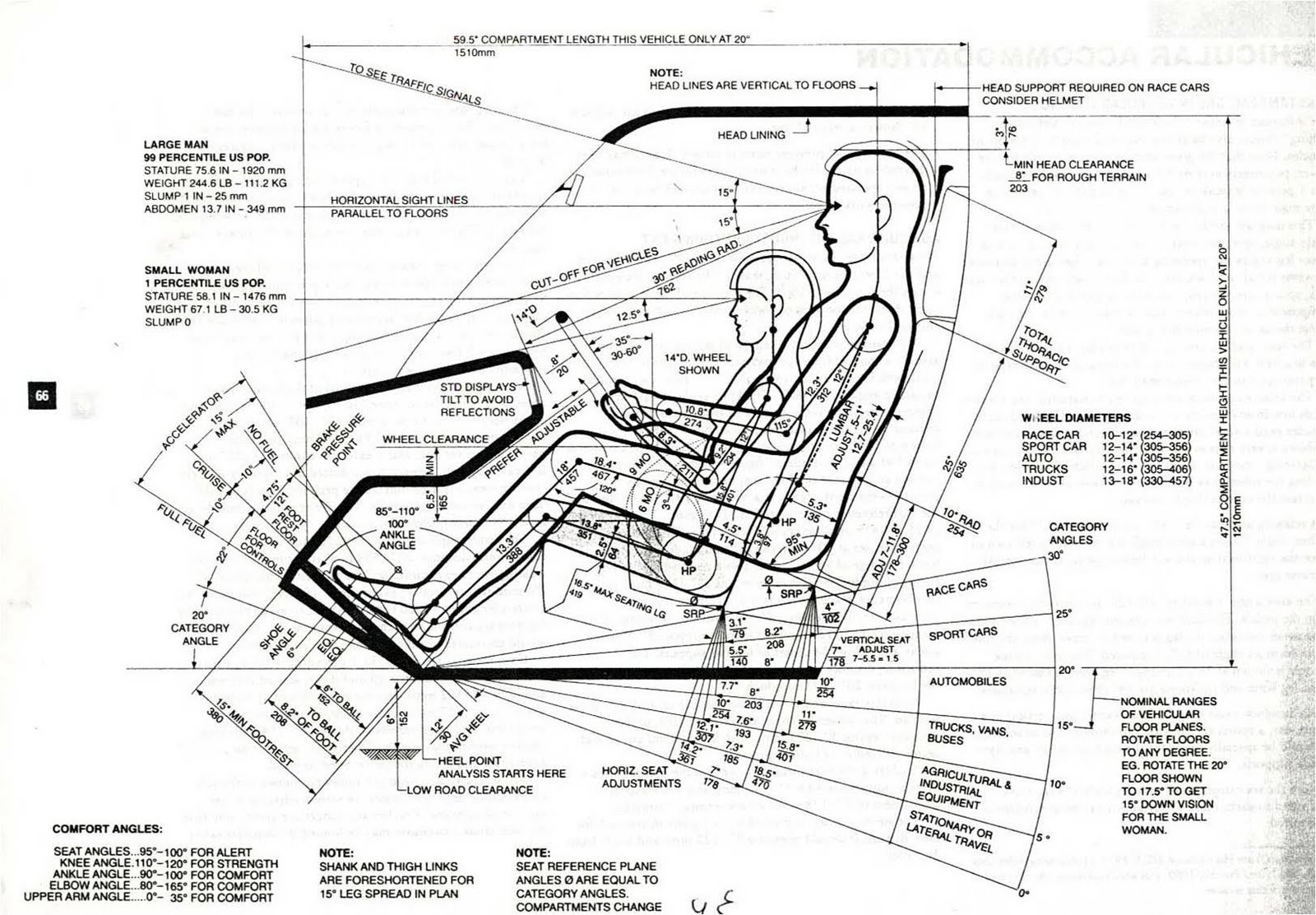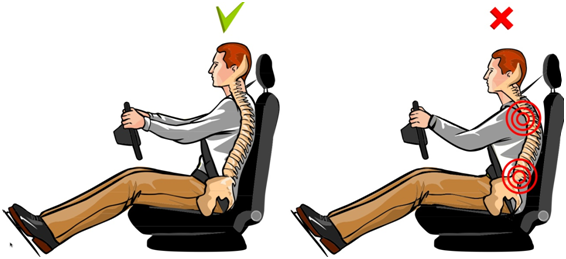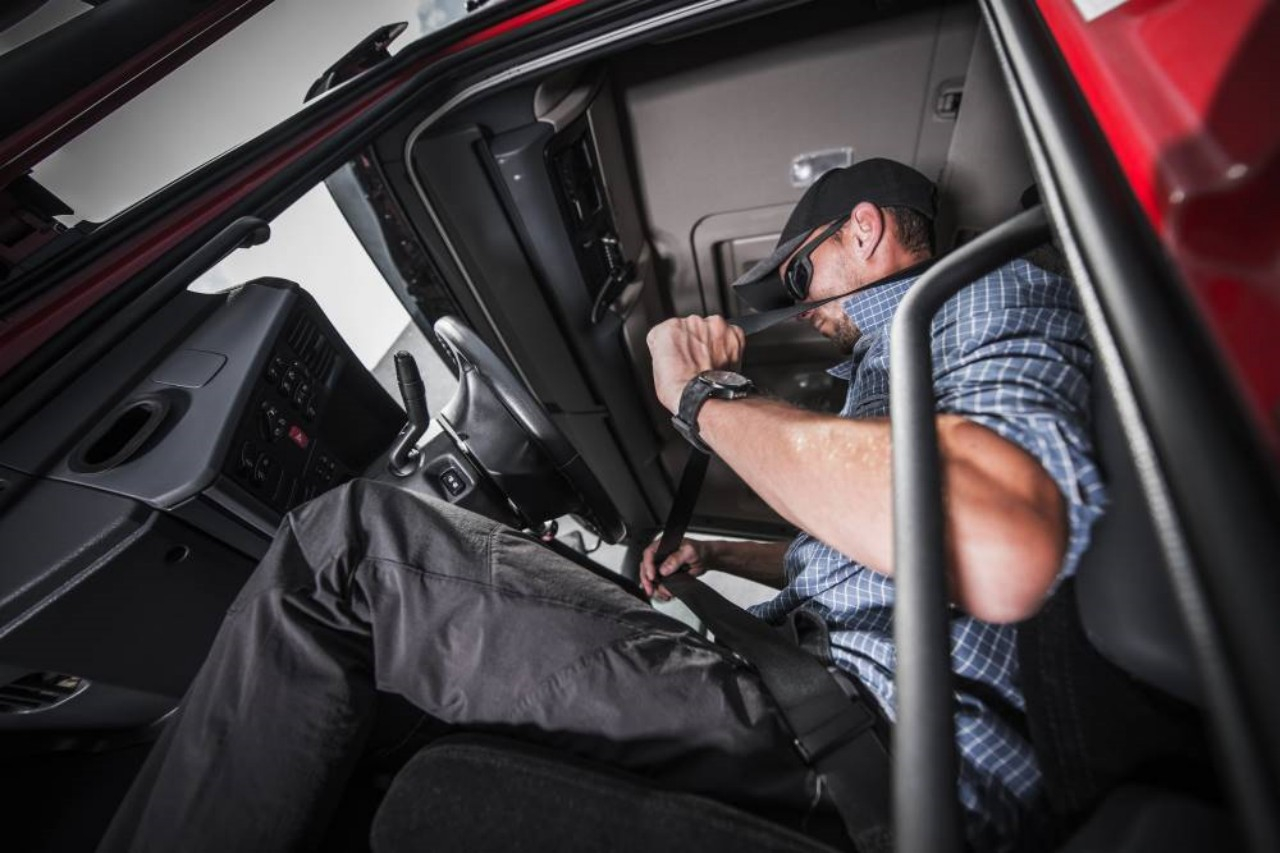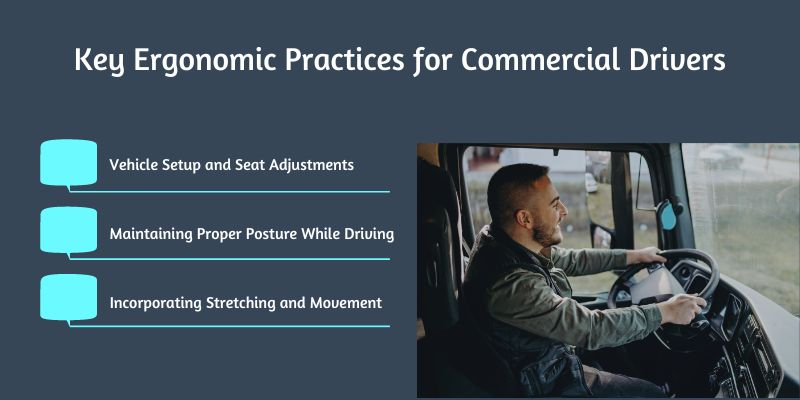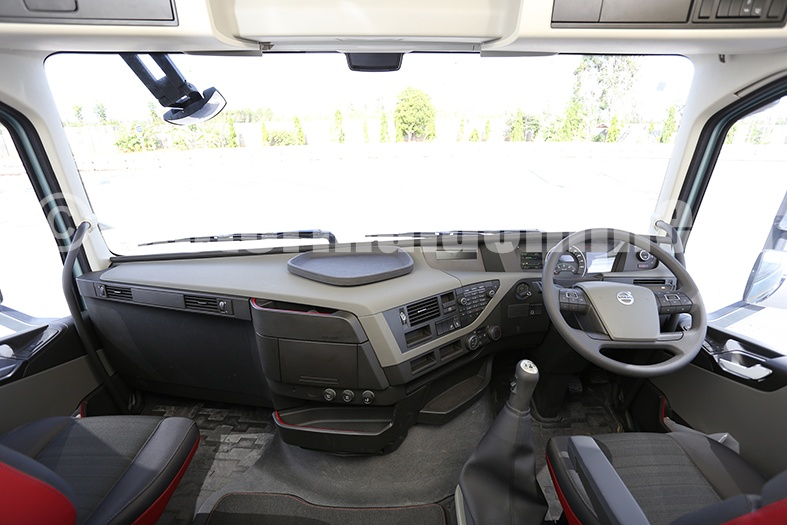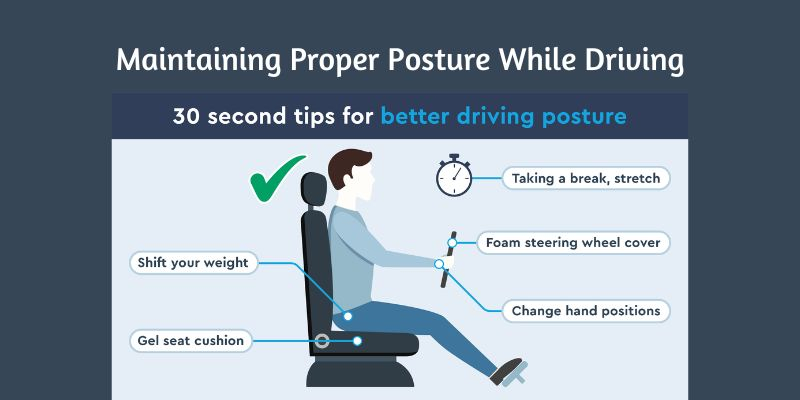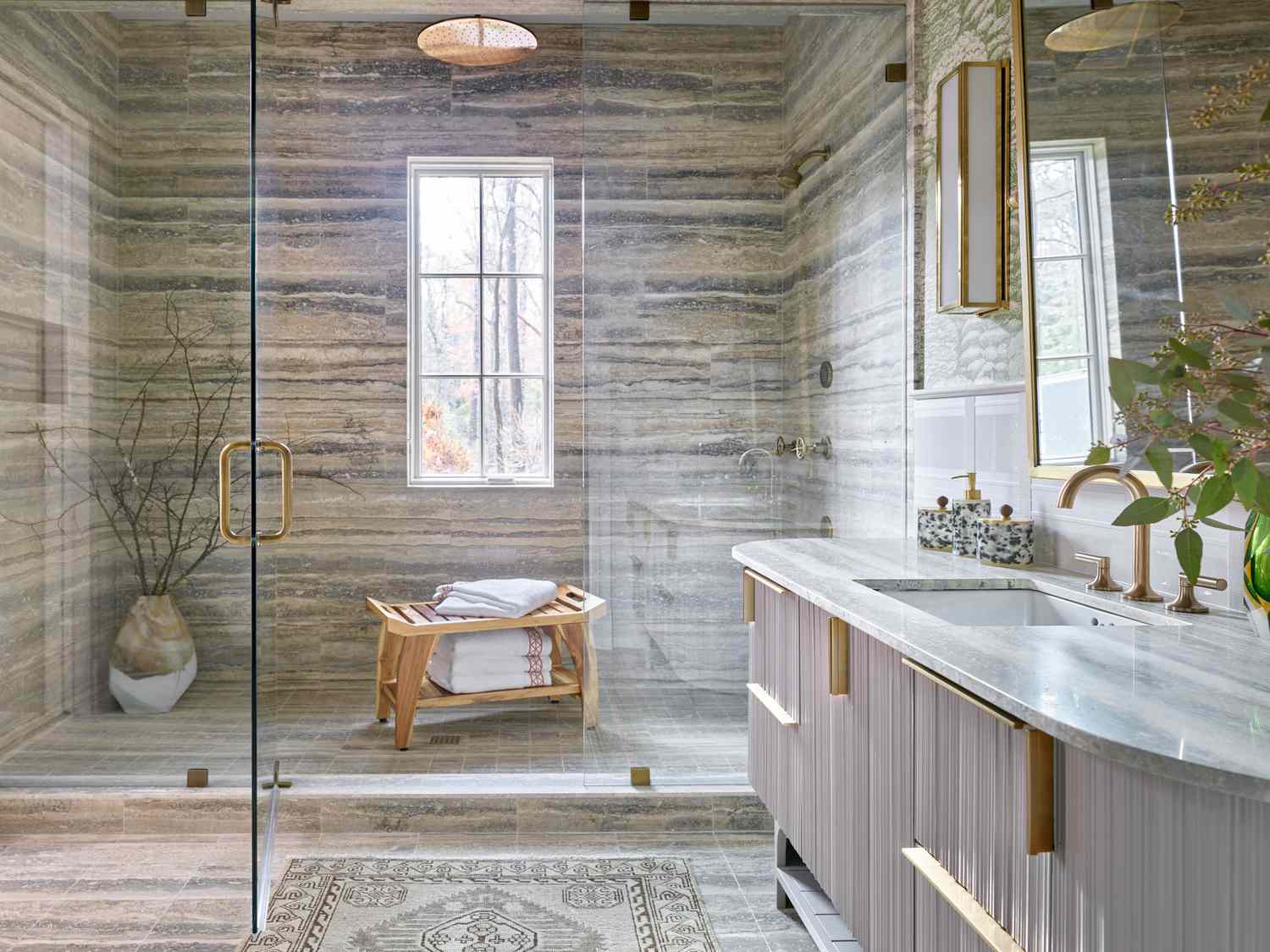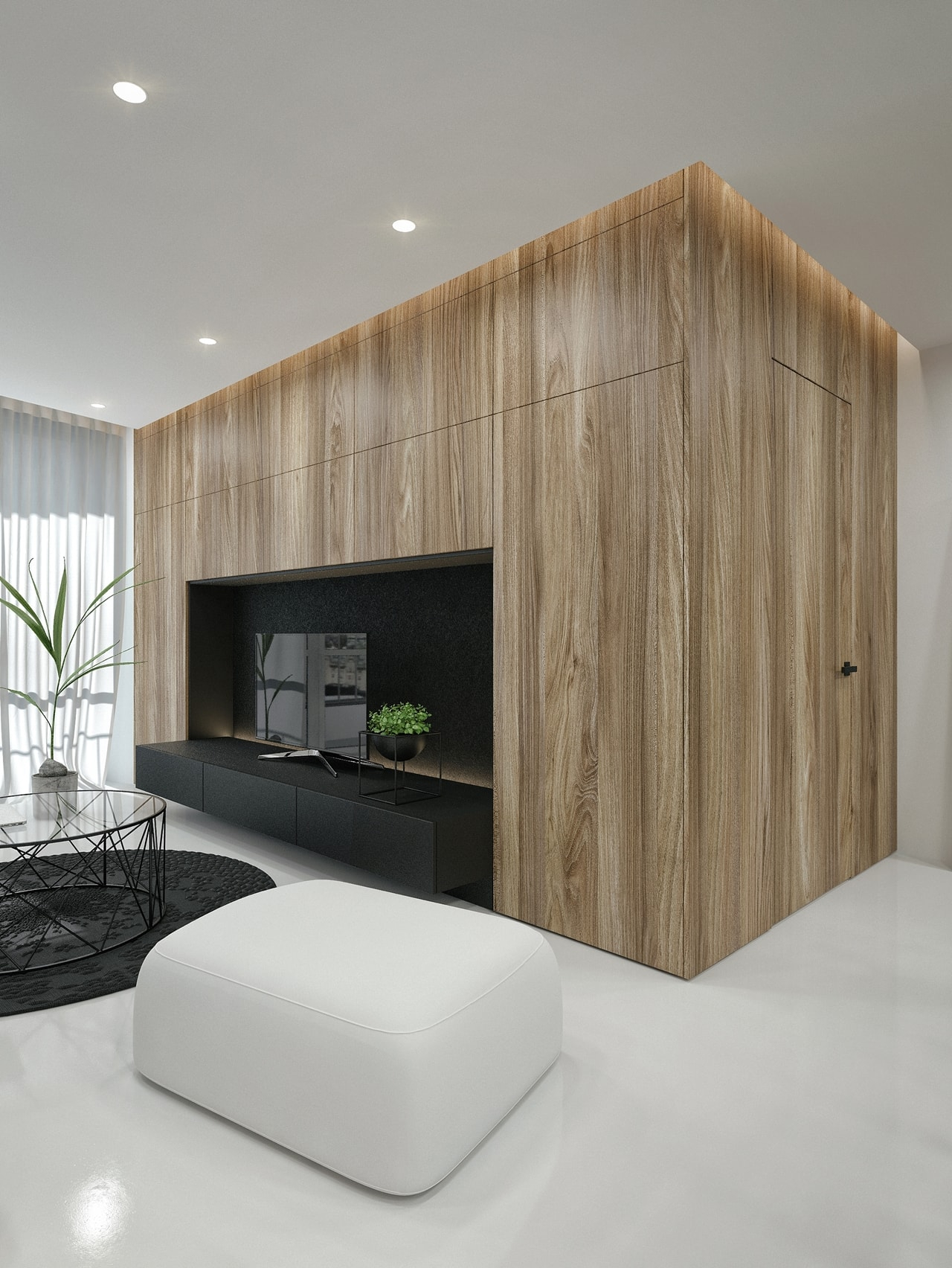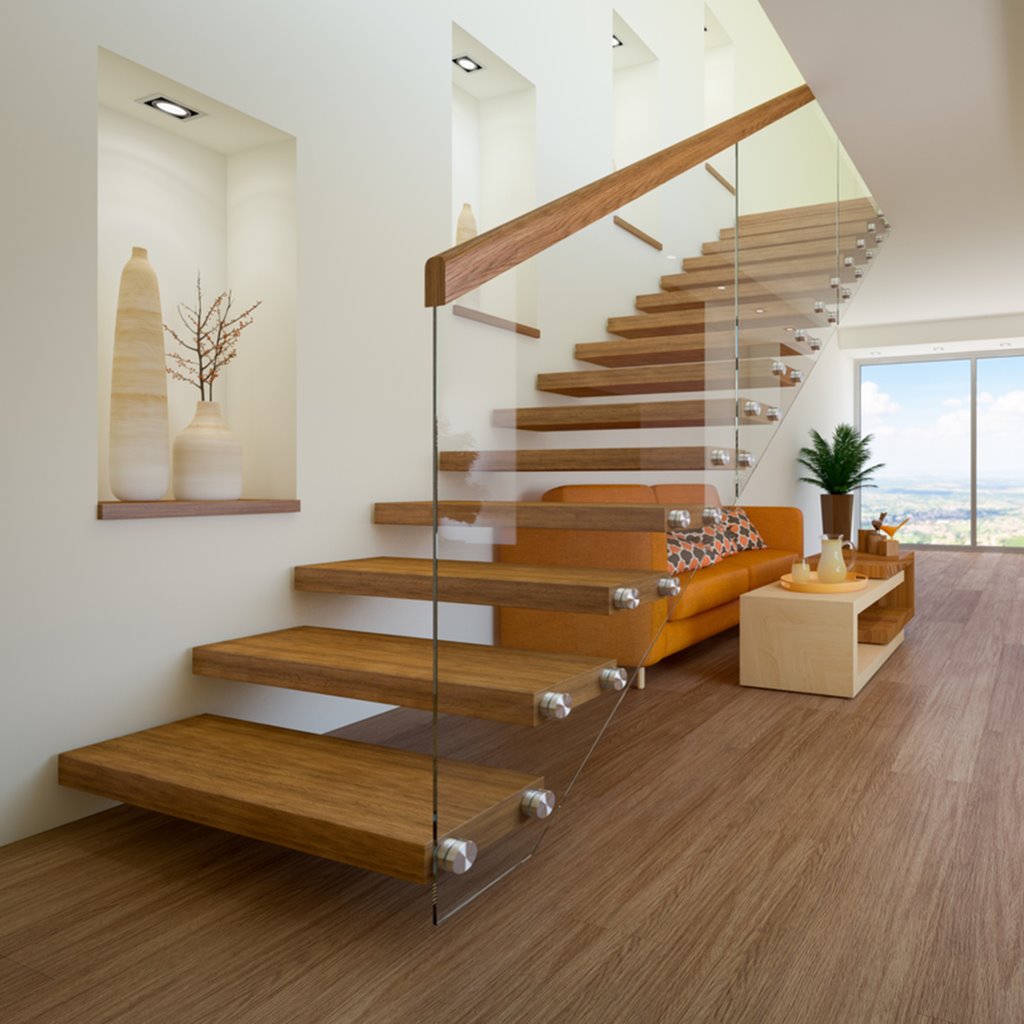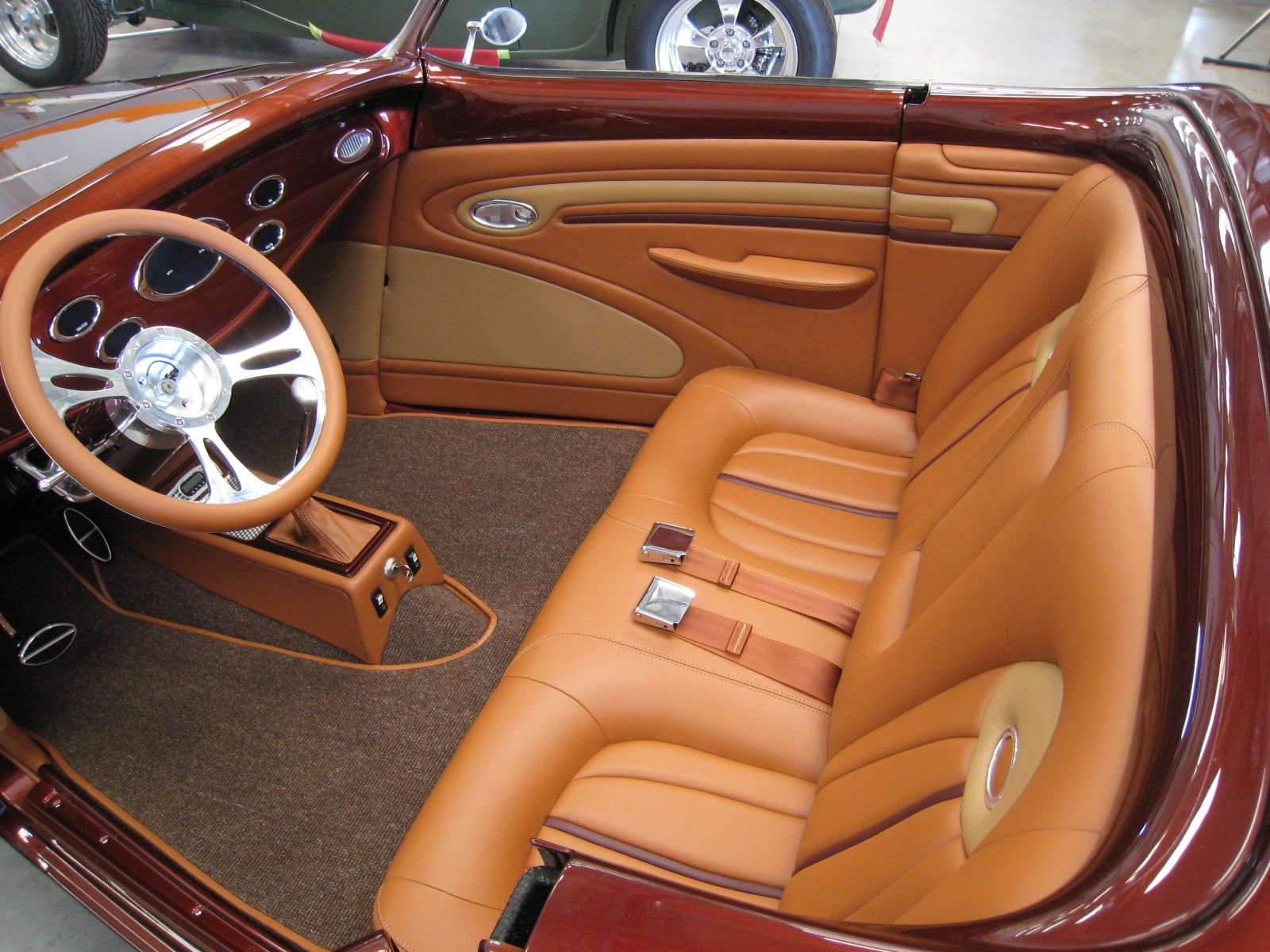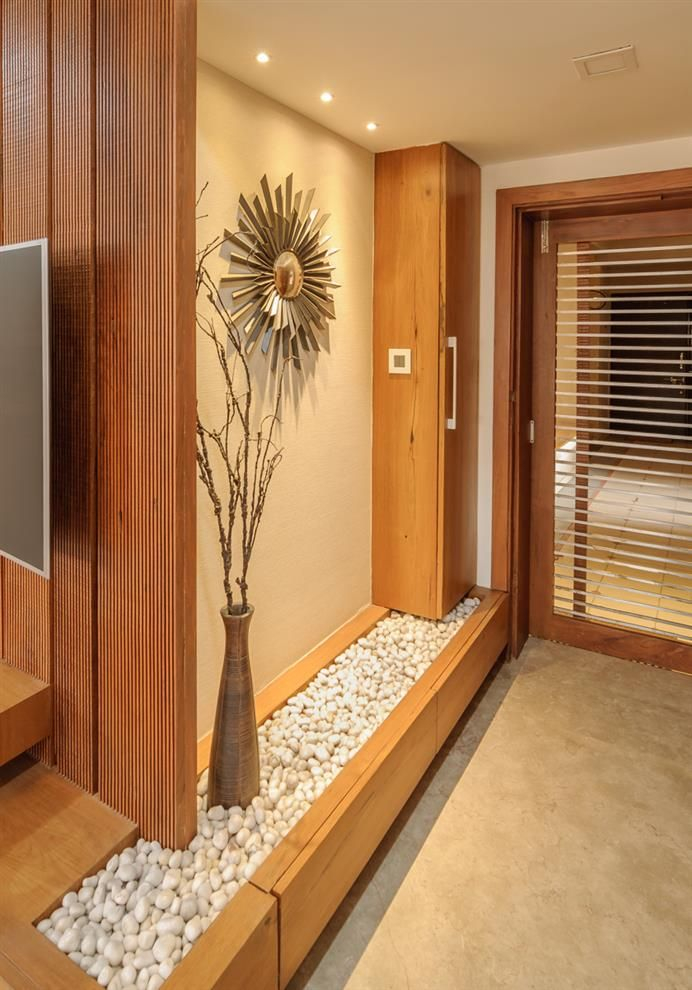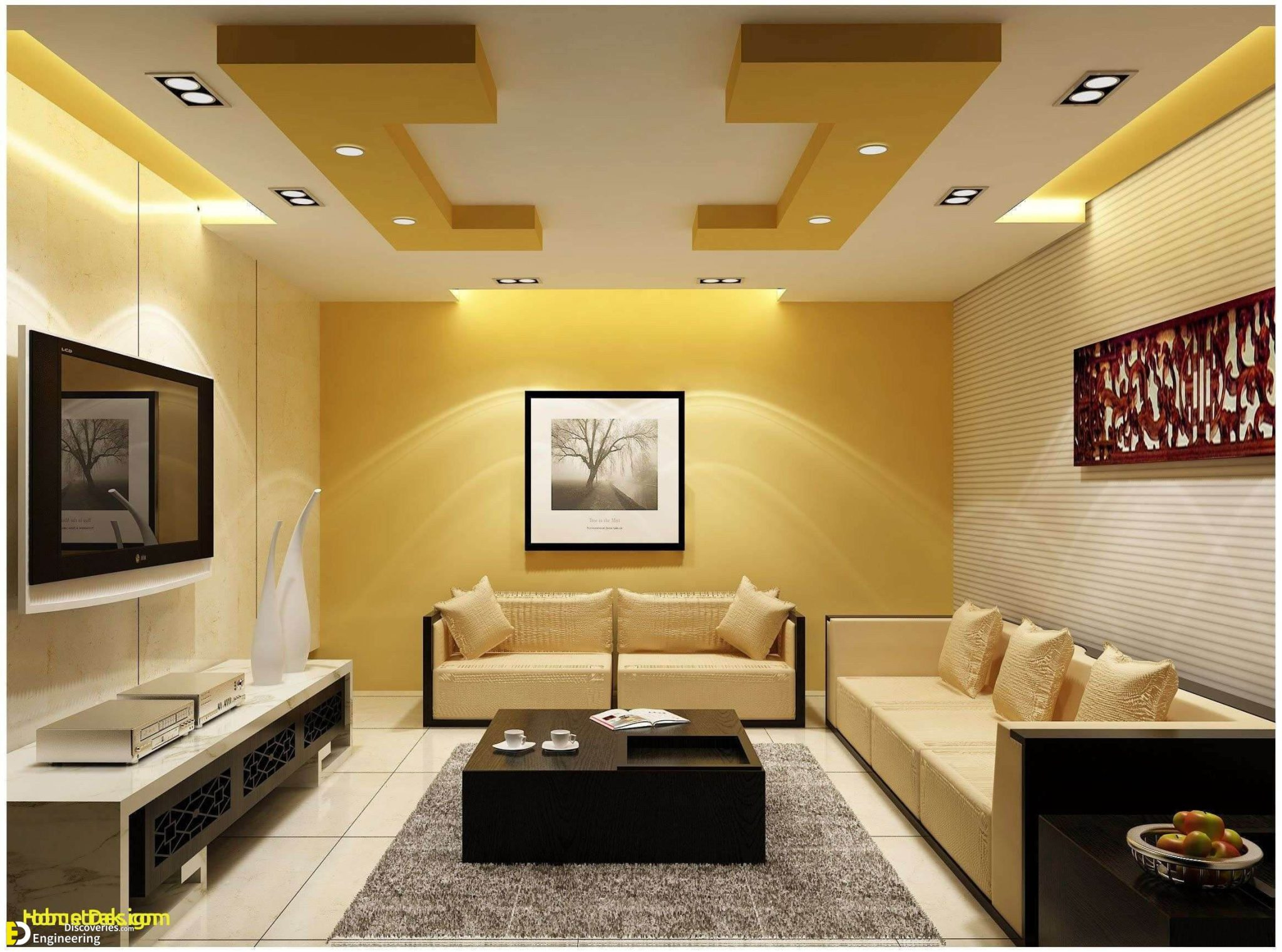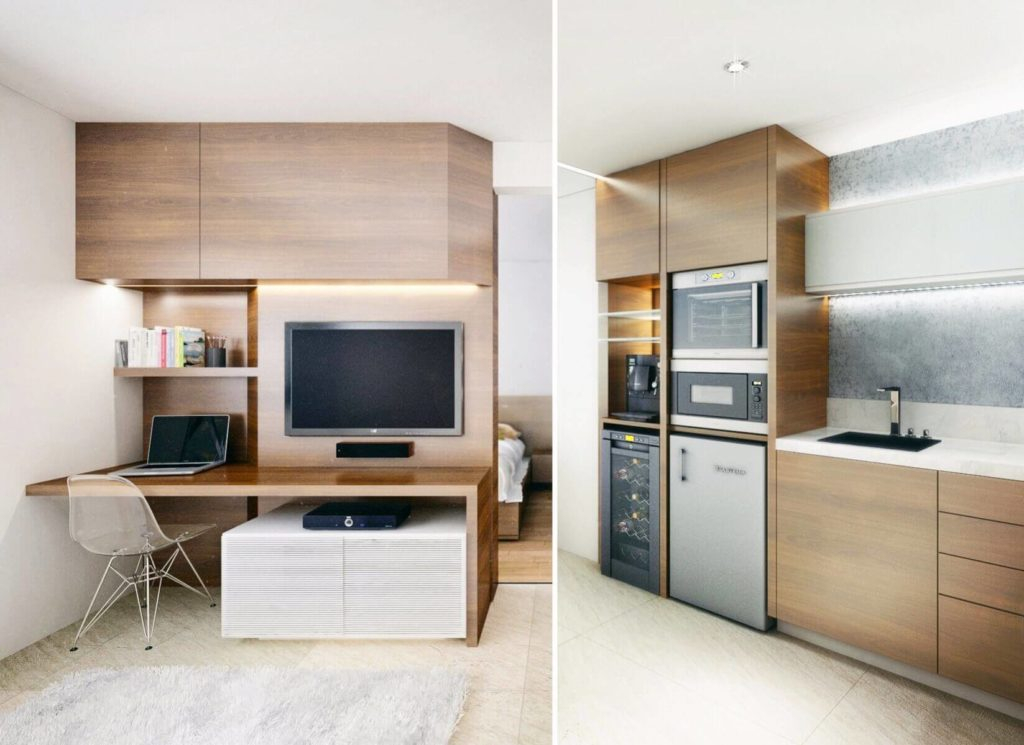Think about it: truck drivers spend more time in their cabs than almost anywhere else. It’s their office, their break room, and often, their sleeping quarters. So, it makes perfect sense that the way these spaces are designed would have a massive effect on the people who live and work in them, right? We’re talking about everything from the seat itself to the layout, the visibility, and even the noise levels. It all adds up to a significant impact on a driver’s physical health, mental state, and general safety on the road.
For years, the focus in trucking has often been on engine power, fuel efficiency, and cargo capacity. And while those are undoubtedly crucial, there’s a growing understanding that the human element, specifically the driver’s well-being, is just as vital. The truck cab is the nexus of this. It’s where the driver interacts with the machine, navigates the world, and endures long hours. Understanding how the design of this confined space influences comfort, reduces fatigue, and promotes safety is key to supporting the backbone of our economy. Let’s dive into how these seemingly small details can make a world of difference.
The Foundation: Seating and Ergonomics
It all starts with the seat, doesn’t it? If you’re sitting for eight, ten, or even more hours a day, that seat needs to be more than just a place to park yourself. We’re talking about advanced suspension systems, adjustable lumbar support, and breathable materials. Good ergonomics aren’t just about comfort; they’re about preventing chronic pain, reducing the risk of musculoskeletal disorders, and improving circulation. Think about a seat that actively helps you maintain good posture rather than forcing you into a bad one. That’s a game-changer for long-haul drivers. Better seats mean less stiffness, fewer aches, and more focus on the road.
Creating a Productive and Peaceful Environment
Beyond the seat, the overall cab environment plays a huge role. Noise, vibration, and harshness (NVH) are serious culprits when it comes to driver fatigue and stress. Manufacturers are investing in better insulation, more sophisticated engine mounts, and aerodynamic designs that cut down on wind noise. A quieter, smoother ride reduces sensory overload and allows drivers to concentrate better. Consider the difference between trying to have a conversation over a roaring engine versus a gentle hum. This also extends to the layout – easy-to-reach controls, intuitive displays, and ample storage space all contribute to a less stressful and more efficient workday. Even the placement of mirrors and windows matters for visibility and reducing blind spots.
Visibility: Seeing and Being Seen
Visibility is paramount for safety, and cab design is central to this. Large, clear windshields, well-placed mirrors, and even the A-pillar design (the pillars that support the roof at the front corners of the cab) can significantly impact a driver’s field of vision. Blind spots are a major concern, leading to accidents. Modern designs are focusing on minimizing these blind spots through clever engineering and even incorporating advanced camera systems. When a driver can see more of their surroundings, they feel more secure and can react more effectively to potential hazards. It’s about giving the driver the best possible view of the world unfolding around them.
Comfort and Livability: The ‘Home Away From Home’ Factor
Truck cabs are increasingly being designed with driver comfort and livability in mind, acknowledging the long hours spent away from home. This includes better climate control systems, improved sleeping areas with more headroom and comfortable bedding, and even small amenities like better lighting, USB charging ports, and dedicated spaces for personal items. When a driver can get a good night’s sleep and feel comfortable during their downtime, they are less likely to be fatigued and more likely to be alert and focused when they’re on duty. It’s about creating a space that supports rest and relaxation, not just work.
Technological Integration and Driver Interface
The way technology is integrated into the cab is another critical aspect. Intuitive dashboards, easy-to-use infotainment systems, and integrated navigation are now standard expectations. But it goes deeper than just convenience. How information is presented – is it clear, concise, and non-distracting? Are controls easily accessible without taking your eyes off the road for too long? Advanced driver-assistance systems (ADAS), like lane-keeping assist and adaptive cruise control, are also becoming more prevalent, and their integration into the cab’s design is crucial for their effectiveness and the driver’s acceptance. It’s about technology that supports the driver, not overwhelms them.
The Future of Truck Cab Design: A Focus on the Human
The industry is definitely moving in the right direction. There’s a clear recognition that investing in better cab design is an investment in driver retention, safety, and overall productivity. We’re seeing more ergonomic seating, quieter cabins, improved visibility, and more integrated technology. The trend is towards creating environments that are not only functional but also genuinely supportive of the driver’s physical and mental well-being. As technology advances and our understanding of human factors deepens, we can expect even more innovative solutions that make the life of a truck driver safer, healthier, and more sustainable. It’s a win-win for everyone involved.
So, as you can see, the truck cab is far more than just a place to sit; it’s a complex environment that profoundly influences the well-being of the people who rely on it every day. From the comfort of the seat to the clarity of the view and the quietness of the ride, every design choice matters. By prioritizing ergonomic seating, reducing noise and vibration, enhancing visibility, and creating more livable spaces, manufacturers are not just building trucks; they’re supporting the health, safety, and morale of our essential drivers. The future of trucking is undeniably linked to how well we design the spaces where its hardest workers spend their lives.



